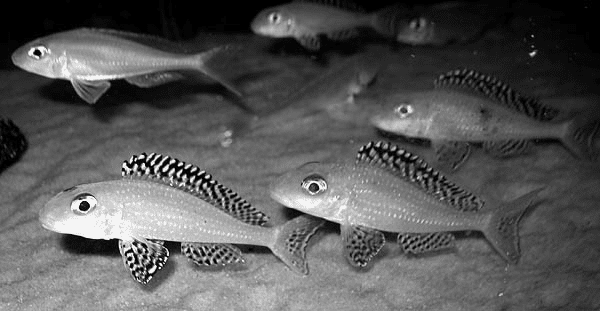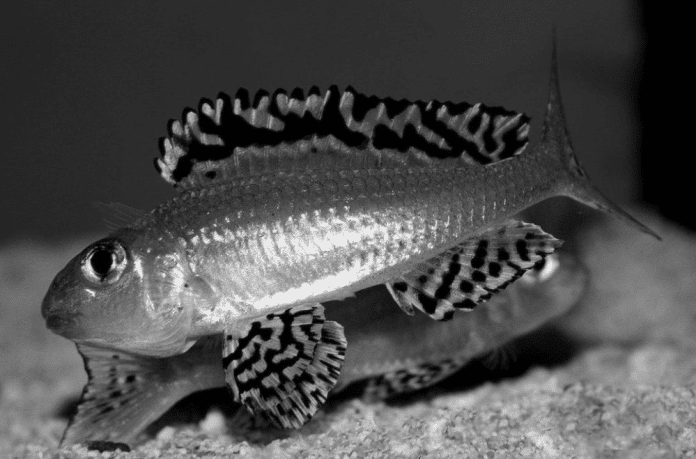Xenotilapia Papilio – Lake Tanganyika Fish
Xenotilapia Papilio is a native species of cichlid located on Lake Tanganyika in East Africa. It is located on the west coast of the lake, between Tembwe (Deux) and Kanoni in the Democratic Republic of Congo. Because of their origin location and appearance they end up getting names associated with that such as Xenotilapia Papilio Sunflower, Xenotilapia Papilio Kanoni, Xenotilapia Papilio Kipili, Xenotilapia Papilio Msanga, Xenotilapia Papilio Msalaba, Xenotilapia Papilio Sunflower Isanga, Xenotilapia Papilio Tembwe Deux, Xenotilapia Papilio Tembwe II and Xenotilapia Papilio Tembwe. The species thrives better in deeper waters, rocky environment, particularly in places with sand covered rocks, at water depths ranging from 3-40 meters (9.8-131.2 ft).
Brief Description of Xenotilapia Papilio
Xenotilapia Papilio is a small sized species that does not grow more than 10 cm (3.9 in) in full length. They do not show a clear gender differences, although mature females, those with mature eggs ready to be fertilized, show a belly that is more rounded.
Biology

Xenotilapia Papilio diet consists of invertebrates which it gets from the sediments by through its gills’ filtration. Copepod, ostracod, and insect larvae, algae and sand, are among the substances found in the list of things consumed in their stomachs. This type of species tend to be very territorial and possess mouthbrooder parents. They young ones live in small groups while older ones usually create pairs to protect their territory on the large rock upper face.
Classification
The Xenotilapia Papilio species was first recorded in 1989 by Heinz H. Büscher while diving on the west coast of Lake Tanganyika, 40 kilometers (25 mi) south of Moba. Its special name means “butterfly” because Büscher’s friends from Congo coined the name to the fish. The species was introduced at the Zoologische Staatssammlung München by Büscher.
Xenotilapia Papilio species’ range is geographically restricted but still has two different colors: in the Tembwe Deux type locality, they possess a covered dorsal fin that is decorated with spots that are black and white while in the north, adult fish have yellow fins that do not have black markings.
For more articles related to lakes in Tanzania and their inhabitants click here!































